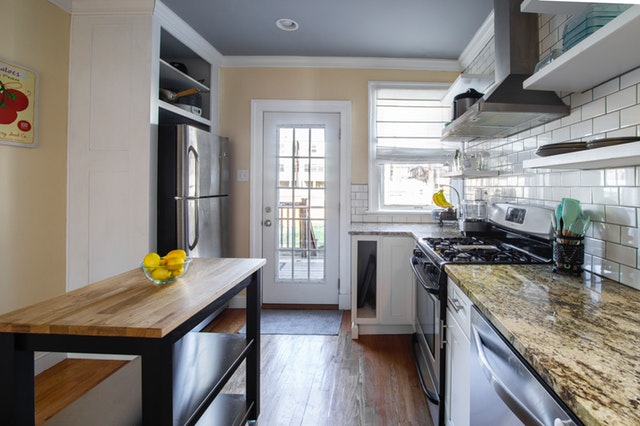 A 1031 tax exchange is a legal way to defer paying capital gains when selling a property and then buying a “like-kind” property within the allowed period. The time limits allowed are 45 calendar days after the close of the sale of the first property to identify the like-kind property for acquisition and then close the purchase transaction to complete the 1031 exchange within 180 calendar days.
A 1031 tax exchange is a legal way to defer paying capital gains when selling a property and then buying a “like-kind” property within the allowed period. The time limits allowed are 45 calendar days after the close of the sale of the first property to identify the like-kind property for acquisition and then close the purchase transaction to complete the 1031 exchange within 180 calendar days.
Like-Kind Property
The property’s broad characteristics determine if it is a like-kind property, not the quality of the asset. In real estate investing, there is a wide variety of things that qualify for like-kind exchanges. For example, vacant land is exchangeable for a commercial building, an industrial site, or a portfolio of residential rental properties.
Since all these properties are types of real estate investments made in commerce, they are like-kind properties. It is not permitted to make like-kind exchanges of property for personal use. The properties that qualify for 1031 exchanges are for investment purposes only. Investors need to hold them for at least two years for them to qualify. A 1031 exchange cannot be used to “flip” a property purchased and then resold more quickly.
Equal Or Greater Value
The property for the acquisition side of a 1031 deal must have a value that is equal to or greater than the property sold. There are three ways to identify the property with the sufficient combined value needed for the acquisition, which are:
- Identify up to three properties for the acquisition regardless of their individual values.
- Identify an unlimited amount of properties that have a combined value of up to 200% of the value of the property sold.
- Identify an unlimited amount of properties that exceed 200% of the value of the property sold as long as the acquisition equals 95% of the total value of the identified properties.
Reverse 1031 Exchange
In a reverse 1031 exchange, the property acquisition occurs first and then within 45 calendar days identify the property to sell as part of the 1031 exchange and complete the entire transaction in 180 calendar days.
1031 Exchange Intermediary
A qualified intermediary is necessary to complete a 1031 exchange. The intermediary holds the funds in a segregated escrow account from the sale of the first property and then uses those funds in the acquisition transaction of the identified property.
It is extremely important that the owner of the first property never has direct control over the proceeds from the sale. If the owner takes direct control of those funds, for even just a moment, this triggers a tax event and the capital gains taxes will be due.
Conclusion
A 1031 tax exchange is a very convenient way to defer paying capital gains tax. Use competent legal counsel for the transaction and an intermediary to hold the funds that has a perfect reputation for successfully working with this process.
If you are interested in buying a new property for personal or investment purposes, or in refinancing your current property, be sure to contact your trusted home mortgage professional.
 Last week’s economic reporting included readings from the National Association of Home Builders Housing Market Index, Commerce Department reports on housing starts and building permits issued.
Last week’s economic reporting included readings from the National Association of Home Builders Housing Market Index, Commerce Department reports on housing starts and building permits issued. After the children are all grown and moved out, the family home often feels excessively large and empty. If you’re in this stage of life, you may be wondering if you should downsize like so many others, or stay put. Downsizing may be the best option, depending on your lifestyle.
After the children are all grown and moved out, the family home often feels excessively large and empty. If you’re in this stage of life, you may be wondering if you should downsize like so many others, or stay put. Downsizing may be the best option, depending on your lifestyle.